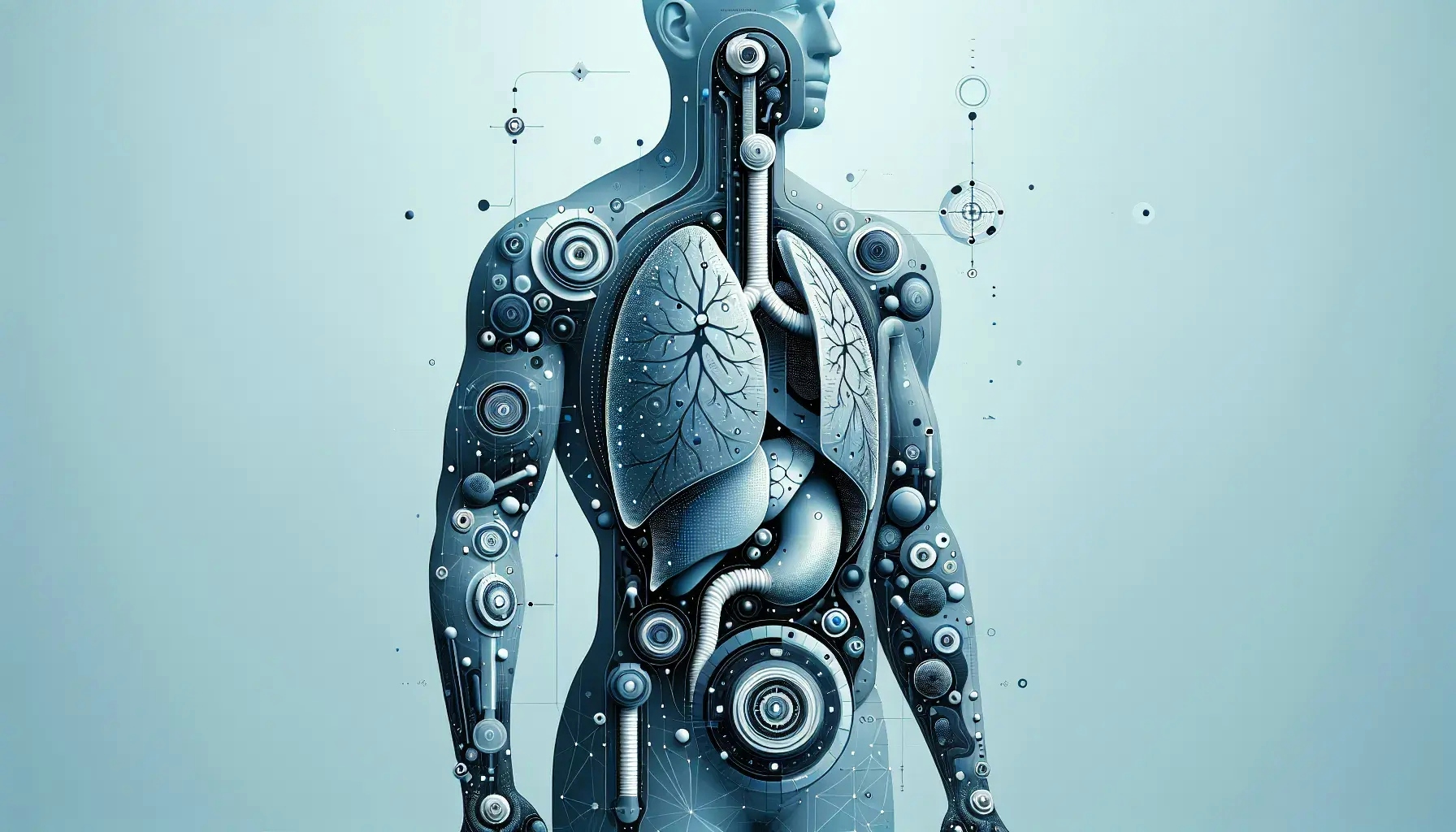Welcome to our deep dive into the fascinating world of physiology. Today, we're exploring how the respiratory system adapts to exercise. It's a topic that may seem complex, but it's vital to understanding our body's incredible ability to adjust to physical demands. Whether you're a fitness enthusiast, a curious student, or someone interested in human biology, this comprehensive guide will shed light on this intriguing subject.
The Basics of the Respiratory System
Let's start with the basics. The respiratory system is a complex network of organs and structures responsible for delivering oxygen to our bodies and removing carbon dioxide. It includes the nose, mouth, throat, larynx, trachea, bronchi, and lungs.
When we breathe in, oxygen-rich air travels down our trachea and into our lungs. Here, it moves into tiny air sacs called alveoli. Oxygen then diffuses across the alveolar walls and into the bloodstream, where it binds to hemoglobin in red blood cells. Meanwhile, carbon dioxide, a waste product of metabolism, diffuses from the blood into the alveoli and is expelled when we exhale.
During exercise, our muscles work harder, increasing their demand for oxygen and their production of carbon dioxide. To meet this demand, the respiratory system must adapt. But how does it do this? The answer lies in a series of physiological changes that enhance the system's efficiency and capacity.
Increased Breathing Rate and Depth
One of the most noticeable changes during exercise is an increase in our breathing rate and depth, also known as tidal volume. This is the body's immediate response to the increased demand for oxygen and the need to expel more carbon dioxide.
When we begin exercising, our brain sends signals to the muscles surrounding our lungs, causing them to contract more frequently and powerfully. This results in quicker, deeper breaths, allowing more air to enter and leave the lungs with each breath.
But the brain doesn't do this on its own. It receives help from chemoreceptors, specialized cells that detect changes in the levels of oxygen, carbon dioxide, and pH in our blood. When these levels change, chemoreceptors send signals to the brain, which then adjusts our breathing rate and depth accordingly.
Enhanced Gas Exchange
Another key adaptation involves the process of gas exchange. As we've mentioned, oxygen diffuses from the air in the alveoli into the blood, while carbon dioxide diffuses from the blood into the alveoli. During exercise, this process becomes more efficient.
One reason for this is the increased blood flow to the lungs. As our heart rate increases, more blood is pumped to the lungs, allowing more oxygen to be picked up and more carbon dioxide to be removed.
Additionally, the increased breathing rate and depth we discussed earlier also contribute to enhanced gas exchange. By bringing more air into the lungs and expelling it more quickly, the respiratory system ensures a constant supply of fresh, oxygen-rich air in the alveoli.
Improved Oxygen Delivery
The adaptations don't stop at the lungs. To deliver more oxygen to the working muscles, the cardiovascular system also undergoes changes. The heart rate increases, pumping more blood around the body. Blood vessels dilate, particularly in the muscles, to allow more blood to flow through.
Furthermore, the body increases its production of red blood cells and hemoglobin, the molecule that carries oxygen in the blood. This not only improves the blood's oxygen-carrying capacity but also enhances the efficiency of oxygen delivery to the muscles.
Long-Term Adaptations
So far, we've discussed the immediate changes that occur during exercise. But what about long-term adaptations? Regular exercise can lead to lasting changes in the respiratory system.
For instance, the diaphragm and intercostal muscles, which control breathing, become stronger and more efficient. This can lead to improved lung function, even at rest. Regular exercise can also increase the number of capillaries around the alveoli, enhancing the efficiency of gas exchange.
Moreover, regular exercise can improve the cardiovascular system's efficiency, leading to a lower resting heart rate and increased cardiac output. This means the body can deliver more oxygen to the muscles with less effort.
The Impact of Exercise on Respiratory Health
Exercise doesn't just improve the respiratory system's performance; it can also boost its health. Regular physical activity can help maintain healthy lung function, reduce the risk of respiratory diseases, and improve symptoms in people with existing respiratory conditions.
Exercise promotes better lung function by improving the strength and endurance of the respiratory muscles. It can also help clear mucus from the airways, reducing the risk of infections and improving symptoms in conditions like chronic obstructive pulmonary disease (COPD).
Furthermore, exercise can improve cardiovascular health, which is closely linked to respiratory health. A healthy heart can pump blood more efficiently, aiding in the delivery of oxygen and removal of carbon dioxide.
The Remarkable Adaptability of the Respiratory System
In conclusion, the respiratory system's ability to adapt to exercise is nothing short of remarkable. From immediate changes like increased breathing rate and depth to long-term adaptations like improved lung function, these changes enable us to meet the increased demand for oxygen and the need to expel more carbon dioxide during physical activity. Understanding these adaptations not only deepens our appreciation for our body's complexity and adaptability but also underscores the importance of regular exercise for respiratory health.

